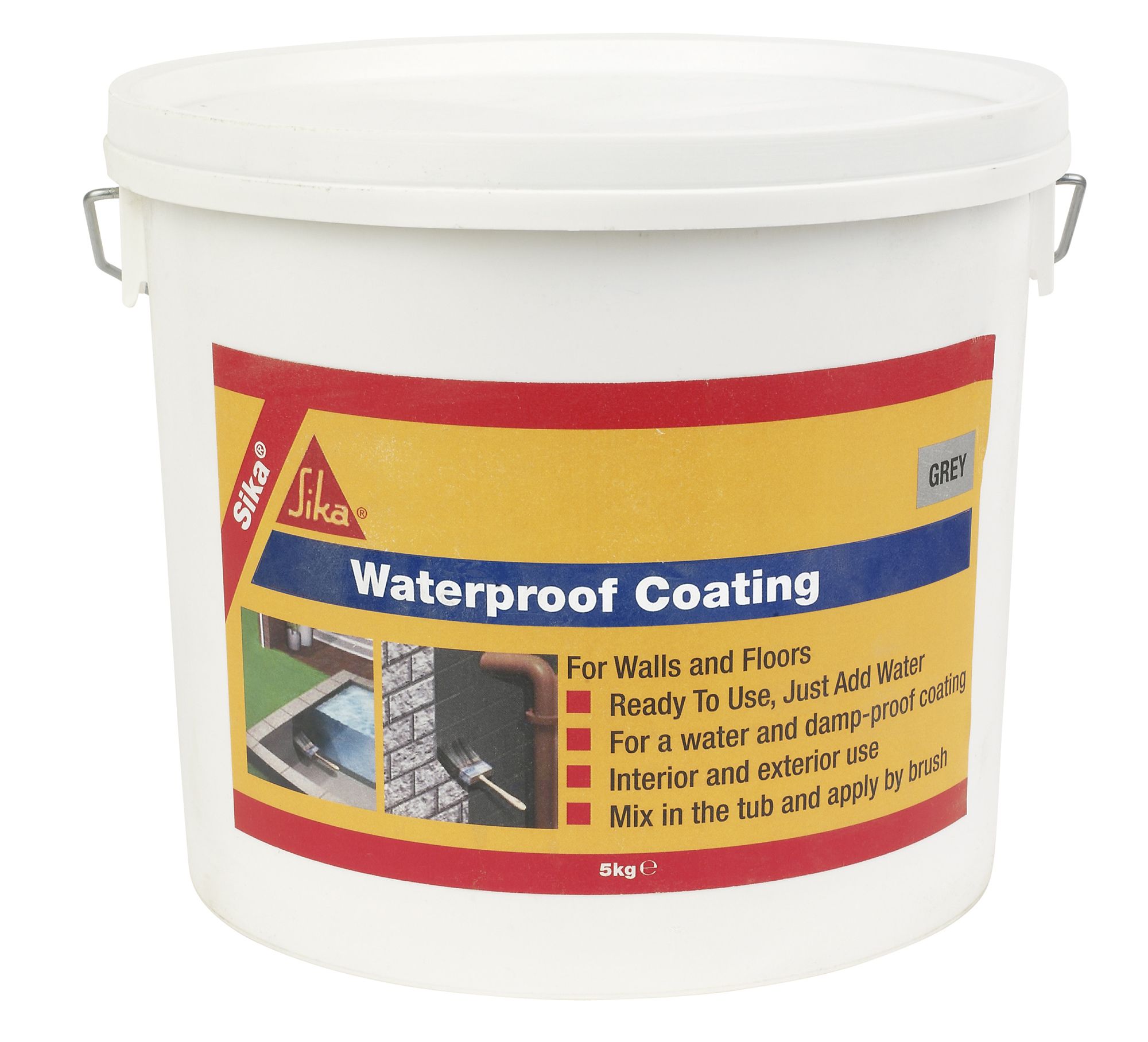Understanding the Mechanisms Behind Moisture Protection

Water-proofing is a crucial aspect of maintaining any home or building, yet it often goes overlooked until issues arise. As water infiltrates buildings, it can result in expensive repairs, compromised safety, and even issues due to fungus and fungal growth. Understanding the significance of water-proofing is vital for every real estate owner, as it not only shields against instant damage but also boosts the overall longevity and worth of a home.
This resource delves into the science behind waterproofing, shedding light on why it is necessary, the different methods available, and how efficient waterproofing can protect you considerable amounts in future repairs. Moreover, we will dispel common myths surrounding waterproofing techniques and arm you with the knowledge to identify signs that your home may require attention. Whether you are seeking to waterproof your lower level, ceiling, or wet room, understanding the foundations of waterproofing will allow you to have wise decisions for your home.
The Importance of Waterproofing in Homes and Buildings
Waterproofing is a essential aspect of maintaining the integrity and longevity of residential properties and structures. It acts as a barrier against water infiltration, which can lead to a variety of problems, including damage to the structure, mold growth, and health problems. Without proper waterproofing, real estate are at risk to water-related damage that can undermine not only the physical integrity but also the standard of air quality indoors. This makes waterproofing imperative for ensuring a safe and healthy living environment.
In furthermore to protecting against damage from water, waterproofing can result in significant savings in costs over the long term. Fixing water damage usually requires extensive work, from structural repairs to mold remediation, which can be financially burdensome. By actively waterproofing a property, property owners and managers of buildings can prevent these problems from arising, effectively saving a significant amount of money in potential repairs. This proactive step is an investment that pays off in the future, reinforcing the necessity of tackling waterproofing requirements early.
Moreover, proper waterproofing contributes to energy conservation within a building. By keeping moisture out, structures can maintain consistent temperatures, lowering the need for excessive heating or cooling. This not only reduces utility bills but also improves overall comfort. As efficient energy use becomes increasingly important, the role of waterproofing in eco-friendly building practices is clear, making it a critical factor for both new and existing structures.

Essential Waterproofing Techniques and Strategies
One of the most powerful techniques for moisture-proofing is the use of protection systems, which create a barrier against moisture intrusion. These systems can include specialized membranes applied to both inside and outside surfaces, such as partitions and bases. By sealing off potential entry points, these barriers prevent water from penetrating the building, reducing the risk of water damage substantially. Choosing the right type of membrane for your individual needs is important, as different materials offer different levels of durability and tolerance.
Another important strategy is proper drainage management. Installing a well-designed drainage system around your home can redirect moisture away from susceptible areas, such as cellars and foundations. This can include French drains, water pumps, and drain pipes that are directed away from the structure. Proper drainage not only reduces water accumulation but also enhances the durability of waterproofing systems and protects your property from the harmful effects of flooding and moisture.
In addition to barriers and drainage, the application of waterproof coatings is crucial for enhancing the safeguarding of surfaces susceptible to moisture exposure. These coatings can be used on roofs, walls, and patios to create a moisture-proof layer that defies moisture and prevents fungus development. Selecting the appropriate coating is important to ensure it withstands environmental conditions, thus extending the lifespan of your moisture-proofing solutions. Regular maintenance and inspections are also important to ensure that these protective measures remain functional over the years.
Cost Repercussions of Disregarding Waterproofing
Neglecting waterproofing can lead to substantial financial consequences for homeowners and building managers. Water damage can compromise structural integrity, requiring costly repairs or even renovations. A single leak can transform into widespread damage, affecting walls, floors, and foundations. This not only increases repair costs but can also lead to a decline in property value, making any future transaction more difficult.
In addition to structural repairs, the costs connected to mold and mildew removal can add up swiftly. Find more information grows in damp conditions, leading to potential health risks and demanding professional remediation services. The longer the moisture issue lasts, the more extensive the damage becomes, ultimately costing far more than initial waterproofing measures would have.
Moreover, neglecting waterproofing can result in increased energy bills. Damp building materials can lead to increased energy loss, forcing HVAC systems to exert more to maintain comfortable temperatures. By opting for waterproofing solutions from the start, property owners not only save money on repairs but also enjoy ongoing savings on energy costs, enhancing overall building efficiency.
